In the world of gears, two types stand out for their unique ability to change the direction of rotation between intersecting shafts: miter gears and bevel gears. While both serve similar purposes, their distinct geometries and applications set them apart.
What Are Miter Gears
Miter gears are a type of bevel gear with teeth that intersect at a 90-degree angle. They are designed to transmit motion and power between two shafts that are perpendicular to each other. Miter gears are commonly used in a wide range of mechanical applications, including industrial machinery, automotive systems, and precision instruments.
The teeth of miter gears are cut at a 45-degree angle to the axis of rotation, allowing them to mesh together smoothly and efficiently. This unique tooth geometry enables miter gears to change the direction of rotation while maintaining a constant velocity ratio between the input and output shafts.
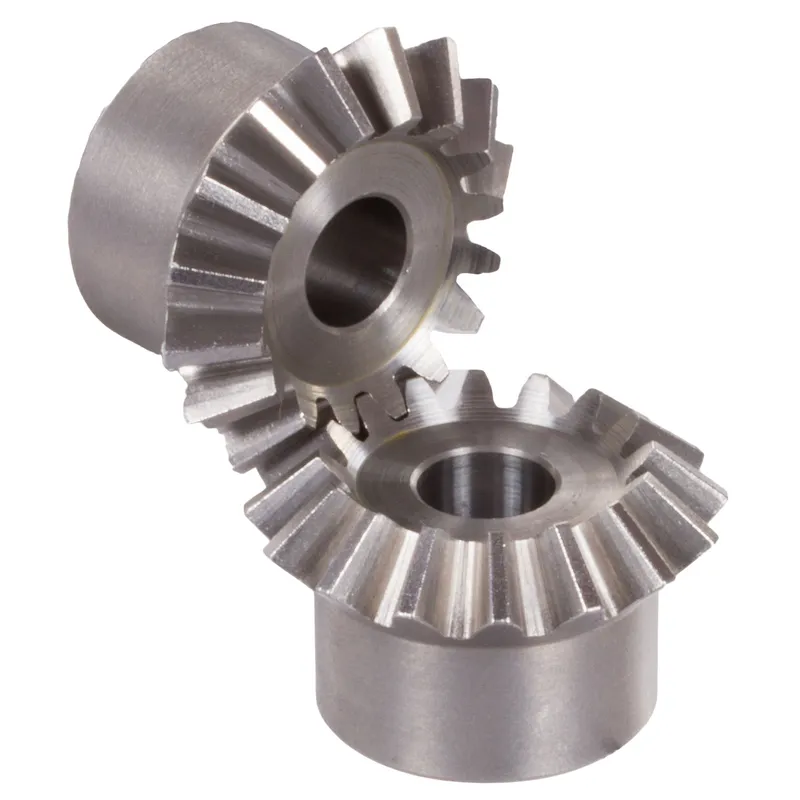
Advantages of Miter Gears
Compact Design
Due to their perpendicular arrangement, miter gears allow for a more space-efficient power transmission system compared to other gear types.
High Efficiency
The precise meshing of the gear teeth ensures smooth and efficient transfer of motion and torque between the intersecting shafts. This high efficiency translates to reduced energy consumption and improved overall system performance.
Versatility
Miter gears are highly versatile and can be used in a wide range of applications across various industries. They are suitable for both low and high-speed applications, as well as for transmitting light to moderate loads.
Disadvantages of Miter Gears
Limited Load Capacity
Compared to other types of bevel gears, such as spiral bevel gears, miter gears have a relatively limited load capacity. The point contact between the gear teeth results in higher stress concentrations, which can lead to premature wear and reduced gear life under heavy loads.
Backlash
Miter gears are prone to backlash, which refers to the clearance between the mating gear teeth. Backlash can cause positioning errors, vibrations, and noise in the gear system.
Alignment Sensitivity
Any misalignment between the intersecting shafts can lead to increased wear, vibration, and reduced gear life.
What Are Bevel Gears
Bevel gears are a type of mechanical gear that features conically-shaped teeth, allowing them to transmit power between intersecting shafts at various angles. Unlike miter gears, which are limited to 90-degree angles, bevel gears offer greater flexibility in shaft orientation. These gears find extensive use in a wide range of machinery and applications where power transmission between non-parallel shafts is required.
Bevel gears come in different configurations, including straight bevel gears, spiral bevel gears, and hypoid bevel gears.
- Straight bevel gears have teeth that are cut straight across the cone surface, while spiral bevel gears feature curved teeth for smoother and quieter operation.
- Hypoid bevel gears, a variation of spiral bevel gears, have an offset pinion axis for increased torque capacity and reduced noise.
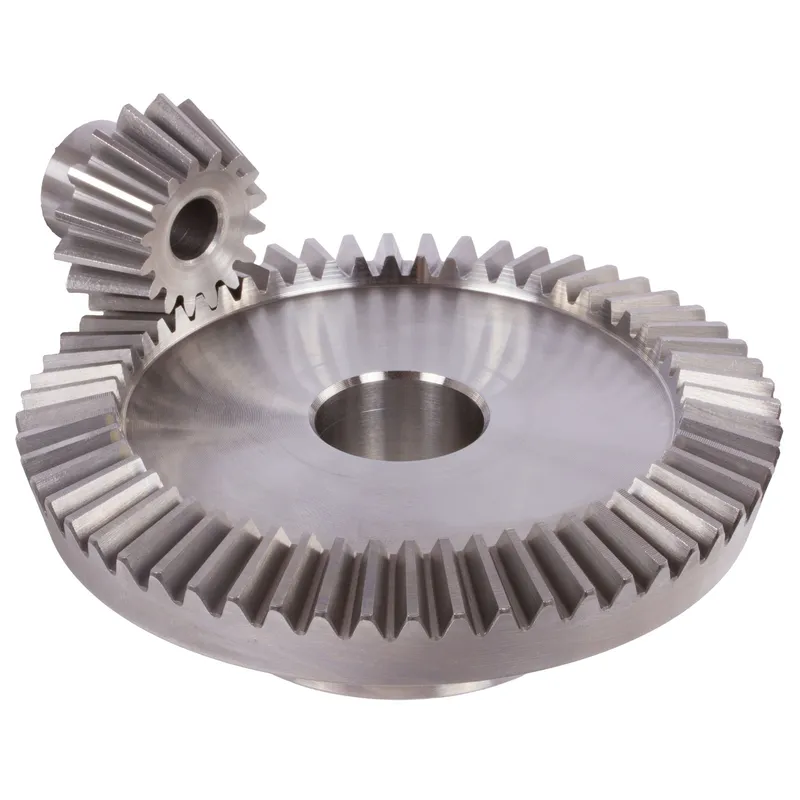
Advantages of Bevel Gears
Versatile Shaft Angles
One of the primary advantages of bevel gears is their ability to transmit power between shafts at various angles, not just limited to 90 degrees like miter gears.
Smooth and Quiet Operation
Spiral bevel gears and hypoid bevel gears offer smoother and quieter operation compared to straight bevel gears. The curved teeth of spiral bevel gears provide a more gradual engagement, reducing vibration and noise.
High Torque Capacity
Bevel gears, particularly hypoid bevel gears, are capable of transmitting high torque loads. The offset pinion axis in hypoid gears allows for larger tooth contact areas, increasing their load-carrying capacity.
Compact Design
Bevel gears enable compact designs by allowing power transmission between intersecting shafts in a smaller space compared to other gear configurations.
Disadvantages of Bevel Gears
Complex Manufacturing
The manufacturing process for bevel gears, especially spiral and hypoid bevel gears, is more complex and costly compared to other gear types.
Higher Friction and Heat Generation
Due to the sliding action between the teeth, bevel gears are subject to higher friction compared to spur or helical gears.
Potential for Backlash
Bevel gears may experience backlash, which is the clearance or play between mating gear teeth. Backlash can result in reduced positional accuracy and increased wear, particularly in applications requiring precise positioning or low-speed operation.
Limited Speed Ratios
While bevel gears offer versatility in shaft angles, they are limited in terms of achievable speed ratios compared to other gear types like worm gears.
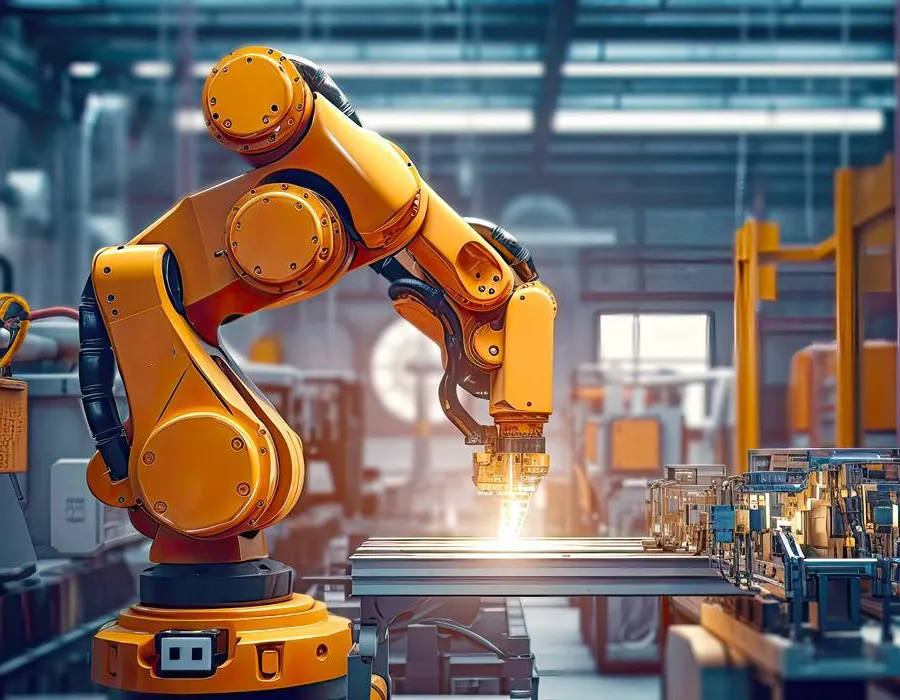
Key Differences Between Miter Gears and Bevel Gears
While both miter gears and bevel gears are used to transmit power between intersecting shafts, they have distinct differences in design, functionality, and mechanical advantage.
Design
Miter gears are a specific type of bevel gear designed to operate with shafts at a 90-degree angle.
In contrast, bevel gears can be designed for any angle between 0 and 180 degrees, providing greater flexibility in shaft positioning.
Functional
Miter gears are typically used in applications requiring a 90-degree change in direction of motion or power transmission. They are commonly found in hand tools, automotive differentials, and industrial machinery.
Bevel gears, on the other hand, offer more versatility in terms of shaft angles and are used in a wider range of applications, such as automotive drivetrains, aircraft control systems, and power transmission in various machines.
Mechanical Advantage
Miter gears generally have a 1:1 gear ratio, meaning they do not provide any mechanical advantage in terms of speed or torque.
Bevel gears, however, can be designed with different gear ratios, allowing for speed reduction or torque multiplication, depending on the application requirements.
Load Requirements
The load capacity of miter gears and bevel gears varies based on factors such as material, surface hardness, and tooth profile. Generally, bevel gears can handle higher loads compared to miter gears due to their ability to distribute stress more evenly along the tooth surface.
Space Constraints
Miter gears are more compact and require less space for their installation, making them suitable for applications with limited space. Bevel gears, while more versatile in terms of shaft angles, may require more space to accommodate their larger size and angular positioning.
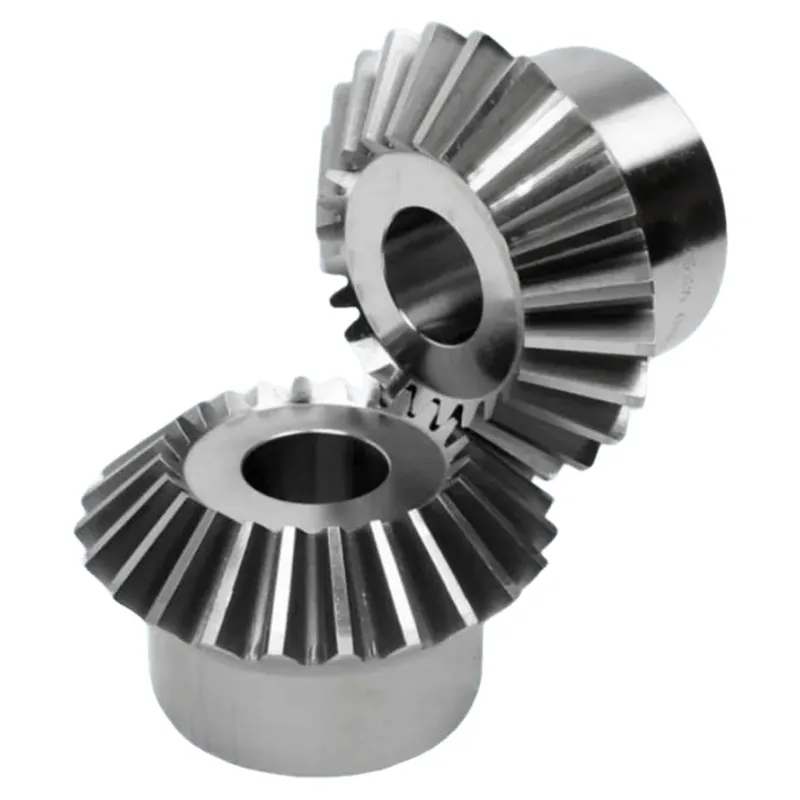 | 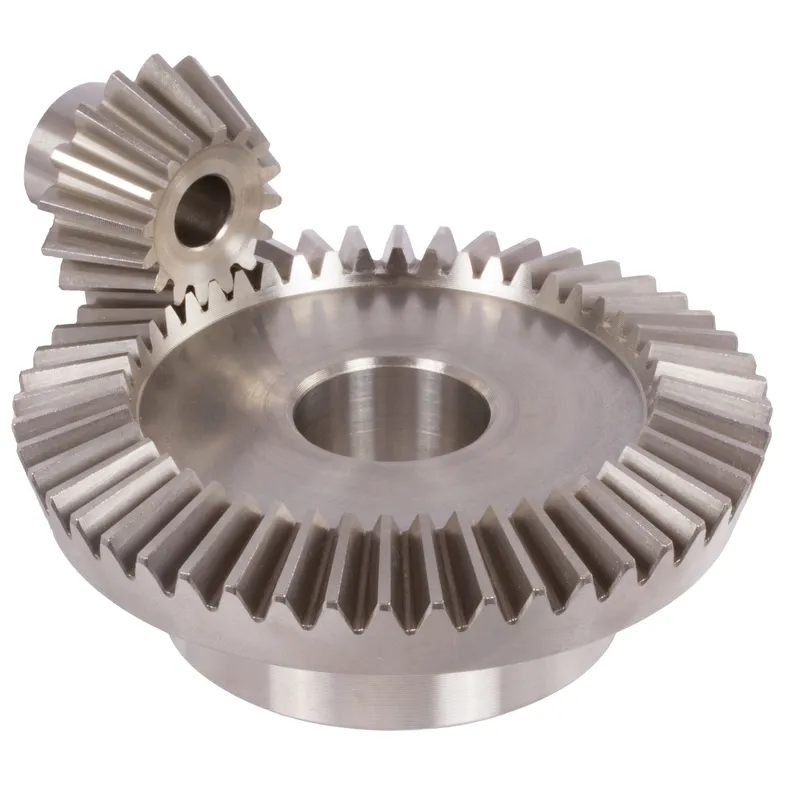 |